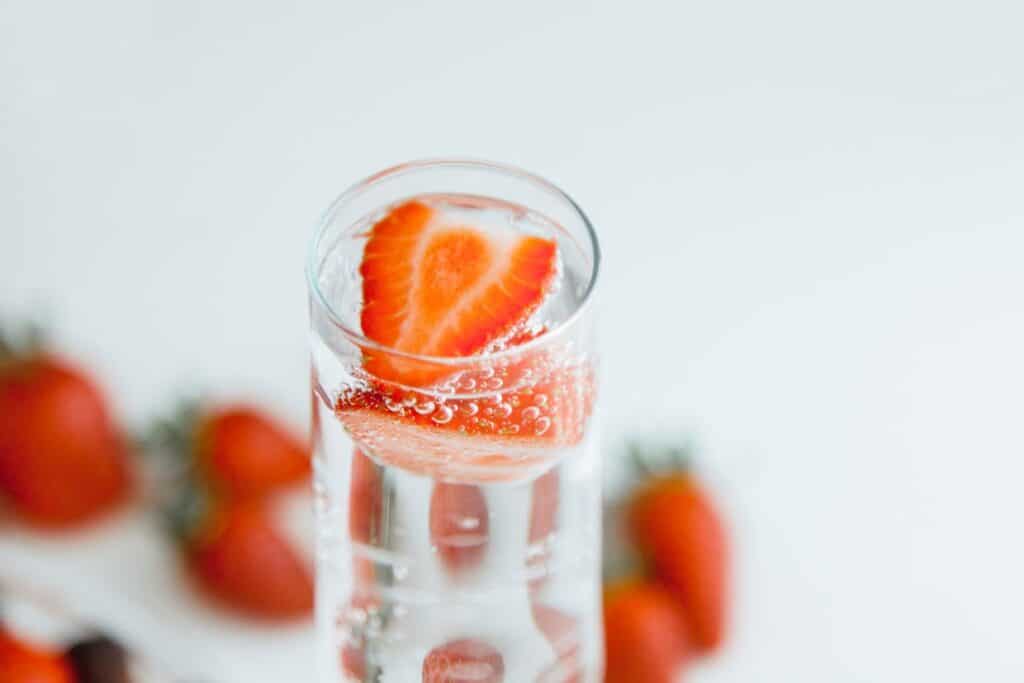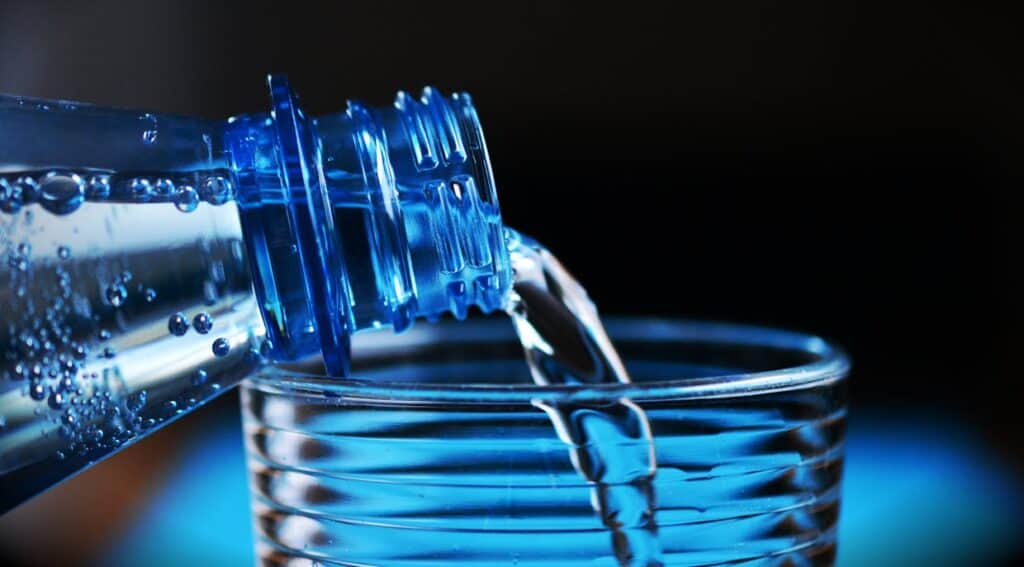Carbonated water comes in many forms: soda, tonic water, seltzer, sparkling water and more. Learn what sets the different types of soda water apart and how they compare in terms of ingredients, carbonation and flavor profiles.

Types of soda water
Sparkling water is having its moment in the spotlight. From plain fizzy water to creative flavored versions, there are more options than ever on the shelves. People love it because soda water is a great alternative to sugary sodas and helps them drink more water.
Carbonated water goes by many names. On the bubbly surface, they all seem the same: refreshing drinking water jazzed up with zippy fizz.
Believe it or not, there is a difference between club soda, tonic water, sparkling water and seltzer. It comes down to how they’re made, what’s in them and what they taste like.
“I have a SodaStream and love that I can turn chilled water from my tap into plain sparkling water that I can drink on its own or mix with juices and syrups to make mocktails and cocktails at home, no single-use bottles or cans required. I’ve found that the colder the water you start with, the tinier the bubbles in the water.”
— Renee N Gardner, Renee Nicole’s Kitchen

Club soda
Club soda is infused with mineral salts for enhanced flavor and fizz. Club soda gets its bubbles and slightly salty flavor from the addition of carbon dioxide gas, or CO2, which is dissolved into purified water with small amounts of potassium salts and mineral nutrients.
Different manufacturers may utilize different types and amounts of minerals. They’re intended to enhance the flavor of the bubbly water. Club soda is a popular addition to cocktails like vodka soda.
Kristin Duke of Occasional Cocktails is a fan of club soda due to its versatility. Duke said, “I love club soda and always keep some on hand. It’s a super easy way to add a little refreshing fizz to both cocktails and mocktails.”
Seltzer
The production process of seltzer is similar to that of club soda. Seltzer doesn’t usually contain added minerals and has a cleaner, purer taste.
Seltzer comes in its unflavored, original form, but added flavoring makes this sparkling water shine. Many brands offer flavors like lemon, berries, pineapple, melon and
It can also be used in mixed drinks as a substitute for club soda. Try using a flavored one with a simple syrup to make homemade soda.

Sparkling mineral water
The flavor of sparkling mineral water, also shortened to sparkling water, depends on its origin. This type of soda water usually hails from a spring or well with naturally occurring carbonation.
As such, sparkling mineral water can contain spring minerals and trace elements, such as sodium, magnesium and calcium. Some brands add carbon dioxide to create extra bubbles.
Depending on the source, the mineral content can vary. That’s why different labels have their own unique flavors.
Tonic water
Tonic water is similar to club soda, but it also contains an infusion of quinine root and added sweeteners. Quinine is a natural substance from the bark of the Cinchona tree and carries a bitter flavor.
Quinine has anti-parasitic qualities and has been used as a medical treatment for malaria since the 1800s. According to the National Library of Medicine, quinine powder was critical for the health of members of the British East India Company in the 18th century.
It was around this time that tonic water came on the scene. The British army encouraged seamen and soldiers to drink it daily to prevent malaria. They mixed tonic water with gin to build the first gin and tonic cocktails. Military doctors also recommended adding lemon or lime peel to protect against scurvy.
Today, tonic water contains less quinine and more sweeteners to make this bitter bark, making it an ideal cocktail mixer. It can also be sipped solo.
Based in Charlotte, N.C., Susannah Brinkley Henry is the cocktail content creator behind the blog Feast + West. Her work has been featured in Southern Living, Oprah Daily, Buzzfeed, and more. In 2019, her website was a finalist in the Saveur Blog Awards for Best Entertaining Blog. As a professional graphic designer, photographer, writer and recipe developer, Susannah helps home bartenders and drink enthusiasts level up their cocktail skills.